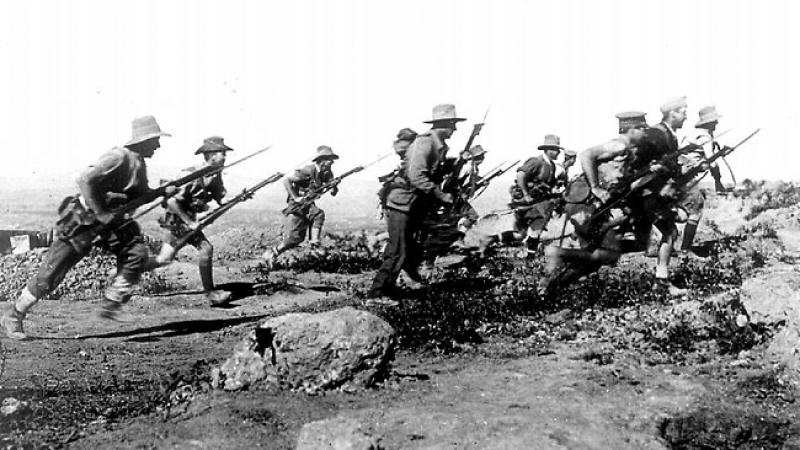
Lesson Plan
Grade Level:
9th Grade
Estimated Duration of Lesson:
one 40 minute class period
Content Standards:
9th Grade History Standard: Benchmark D; 7 a.,b.; Social Studies Skills & Methods Standard: Benchmark A.; 1.,2.d.,3
Primary Sources:
Wallis, Sarah, and Svetlana Palmer. "Chapter 6 GALLIPOLI." Intimate Voices from the First World War. Toronto: HarperCollins, 2003. 120-45.
The following photograph from Wallis and Palmer, Intimate Voices From The First World War. Toronto: Harper-Collins, 2003:
Turkish Dugout. 1915. Photograph. Page 134.
Students can also investigate the virtual tour of WWI trenches on the BBC website.
Summary:
After studying WWI in the past, 9th grade students seem to have a minimal understanding about trench warfare and general apathy about the human effects of war. This lesson was designed to give them a realistic, first person account in an interactive format. The lesson uses a reader’s theater script created from excerpts of diary entries from a Turkish soldier during the Gallipoli campaign. It can be used in conjunction with “Life in the Trenches: Photograph Analysis,” in which students analyze two photos of troops living in the trenches during World War I.
Materials Needed:
Textbook or classroom world map; definitions of vocabulary below; photo of Turkish Dugout. 1915, referenced above; Reader’s Theater Script: A Soldier’s Voice from WWI: Gallipoli; A Soldier’s Voice Assessment
Vocabulary:
dumdum bombs, kilim, tin brazier
Instructional Steps:
1. First, using either a current world map in their textbook or classroom map as a visual aid, students will locate Turkey, the Dardanelle Straits, and Gallipoli.
2. Discuss vocabulary words: dumdum bombs, kilim, tin brazier.
3. Using an overhead or SmartBoard, use the photo of the Turkish Dugout as the background for the Reader’s Theater presentation.
4. Present reader's theater, "A Soldier’s Voice from WWI: Gallipoli." Give students in class copies of the script (those who will perform should have at least 1-2 days to practice in advance; I often ask for volunteers or approach students who are interested in drama or speech class). Class members are not required to read along, but are given the option; they become members of the audience and must pay attention in order to complete the assignment after the presentation.
5. Students will independently complete their Soldier’s Voice Assessment. (15 points)
Created by Joyce Poore-Williams
